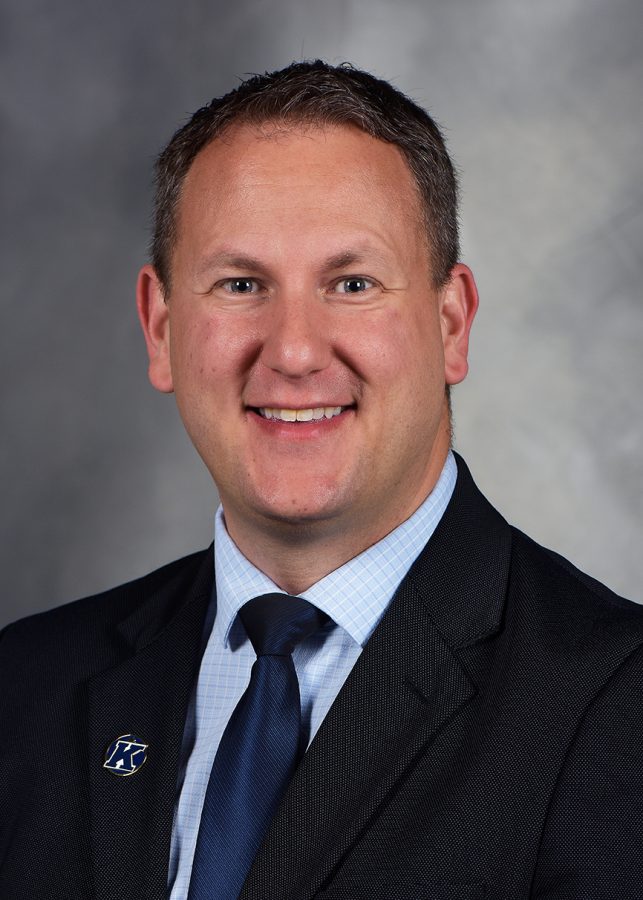Frye, Raber, head IT department amid online switch
May 3, 2020
The coronavirus pandemic caused Kent State and universities alike to switch their face-to-face classes to an online format, which would not have been possible without the likes of Jay Frye and the IT department at Kent State.
“Once we caught our breath after spring break, we said, ‘Okay, all of these projects we’re working on, all of this stuff needs to keep moving forward,’” said Jay Frye, director of IT Service Management. “Figuring out how do we effectively meet remotely, how do we keep the productivity levels up; it’s just become pretty normal.”
Kent State halted all face-to-face instruction and moved all classes to online format on March 16th. According to Frye, the IT team moved nearly 9,300 classes online in just three days.
In the week and a half time between the announcement of remote instruction and the university’s spring break, Frye and the IT department worked endlessly for a smooth transition.
“Generally speaking, if we were awake, we were working for about those next 10 days,” said Frye. “Tempers definitely got a little short here and there, but I think all of us knew it was vitally important that faculty were able to keep the quality of their instruction up for students.”
Collaborating with Frye during the transition was Executive Director of IT Jim Raber.
“We worked closely with the Office of Continuing and Distance Education, Faculty Senate members, and the Provost office to help size up the needs in terms of making sure the foundational pieces were in place, such as all courses having a shell in the LMS and having the right tools in place to deliver class remotely,” Raber said.
The IT department needed to ensure the online platforms held up with the increase in online traffic.
“During usual academic activity, we see roughly 900,000 hits per hour on the Learn web servers,” said Raber. “The first week of remote instruction, we saw over 1.6 million hits per hour.”
The number of Collaborate Ultra sessions on Blackboard went from 60 a week to over 2,200 and according to Raber; the number of videos uploaded to the university’s video hosting platform nearly tripled.
As students began remote instruction, Frye and Raber also began working remotely from their homes.
“I’m surprised,” said Frye. “Working from home, I didn’t know if I’d work more or less, but it turns out I’m working quite a bit more, which is great; we’re just doing more good.”
Raber echoed his colleague’s feelings of an increased workload while at home.
“I’ve found myself in a lot more meetings ranging from how do we handle our current state, how do we plan for upcoming semesters, and how are our systems and services performing given the environment,” Raber said.
Dylan Bowers covers tech. Contact him at [email protected].












